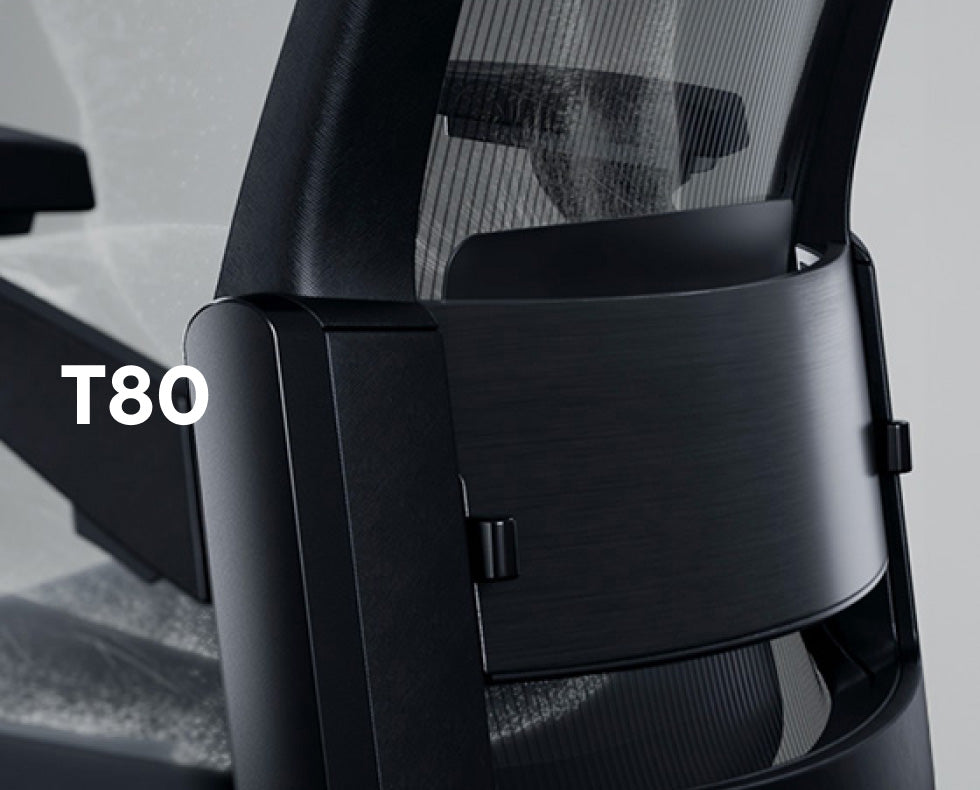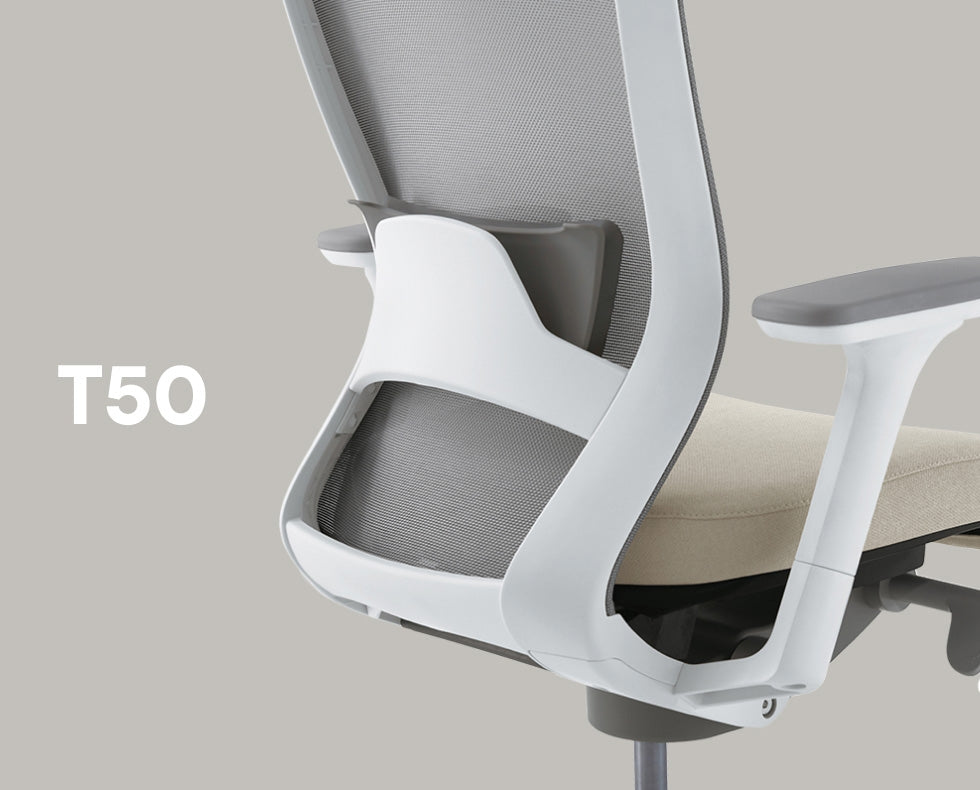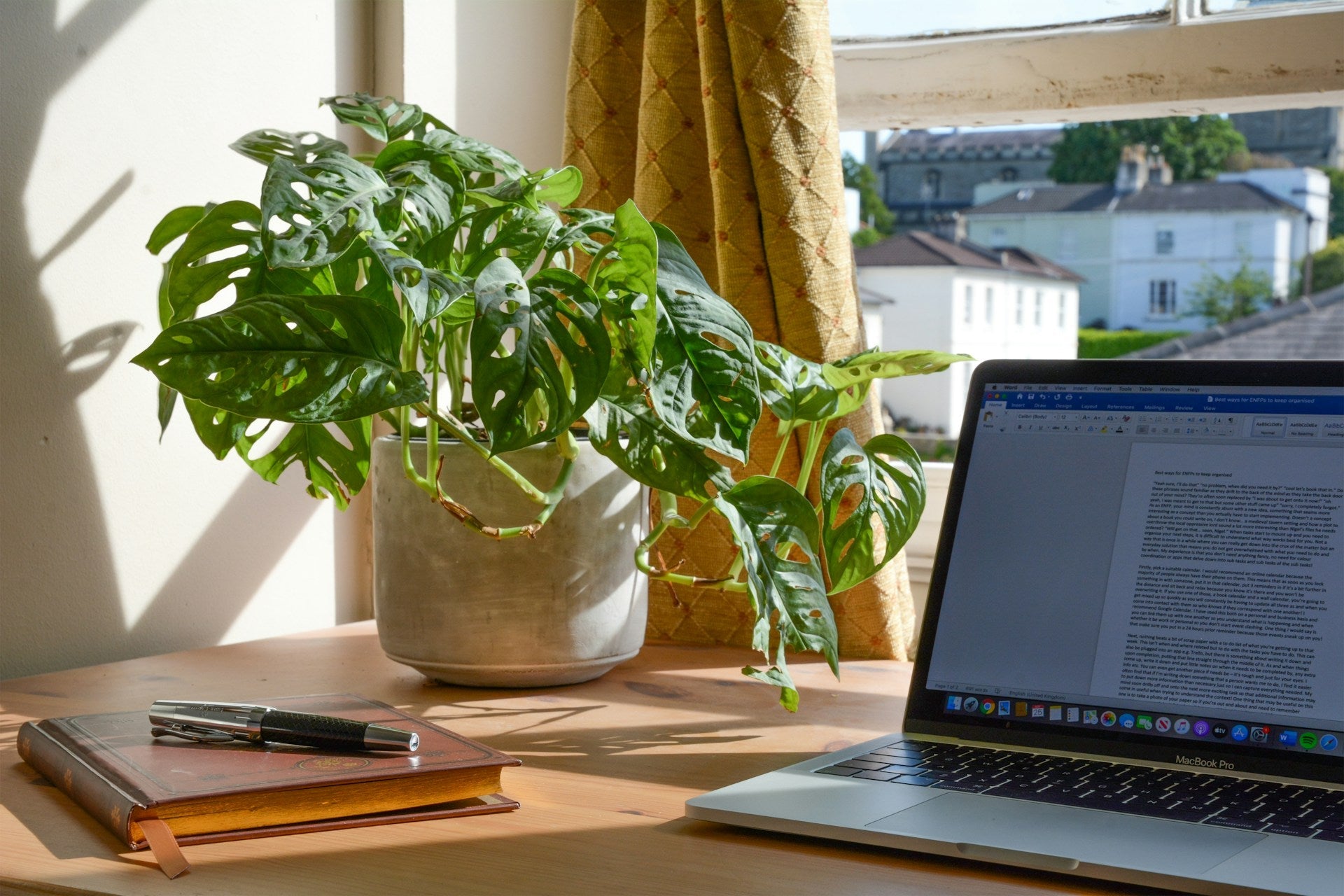For years, work-life balance has been the poster child of productivity. It’s been praised by companies, HR departments, and coffee-fuelled Monday meetings alike.
We've been told that balancing work and life is the answer to burnout. But even with flex hours and hybrid setups, something still feels off.
People are managing their calendars like pros, but still end up frazzled. They clock off, yet feel like their brain never really does.
The culprit? Lack of focus.
Work-life balance gets all the credit, but focus is what actually does the heavy lifting. Without it, even balance feels chaotic.

The Half-Truth of Balance
Imagine having a perfectly balanced day — four hours of deep work, two hours of meetings, then a peaceful evening walk with your dog.
Now imagine that same day, peppered with endless notifications, Slack messages, and half-watched Zoom calls. Sounds familiar?
Balance doesn’t guarantee clarity. Time may be divided evenly, but if your attention is scattered, you’ll feel like you’ve been hit by a tornado.
Focus gives balance its meaning. It transforms time from just minutes and hours into moments of real progress and presence.
The Noise We Can’t Escape
We live in an age of endless pings. Emails, alerts, reminders — all clamouring for attention. And we let them in, one by one.
Our brains weren’t built for this kind of chaos. We try to focus, but the digital world doesn’t play fair.
Even when sitting in a quiet office, distractions creep in — both digital and mental. Suddenly, “just checking one email” becomes an hour of doom-scrolling.
It’s no wonder we end the day drained, even if we didn’t do half of what we planned.
Busy Doesn’t Equal Productive
Let’s be honest — multitasking feels like achievement. We switch between spreadsheets, texts, and meetings, thinking we’re doing it all.
But science says otherwise.
Multitasking is actually task-switching. And every switch costs you focus and mental energy.
You lose seconds, then minutes, then entire afternoons to half-done work and lost thoughts.
In contrast, deep focus builds momentum. It creates flow — the sweet spot where work feels smooth and time stretches beautifully.
That’s the state where brilliant ideas show up unannounced. The state we don’t reach while juggling five browser tabs.
Burnout Hides in the Shallow
Burnout isn’t always about doing too much. Often, it’s about doing too little that feels meaningful.
When your day is full of shallow work, scattered thoughts, and constant interruptions, you feel busy, not accomplished.
Real satisfaction comes from finishing something that matters — not replying to 36 emails in record time.
Here’s the truth: you don’t need more balance between work and life. You need more depth in both.
Focus brings depth. It makes even short moments feel rich and worthwhile.
Focus Is a Lifestyle, Not a Hack
You don’t stumble into focus. You create it.
Start by protecting it. Treat focus like something fragile — because it is.
Mute your phone. Close unneeded tabs. Shut your door — if you’re lucky enough to have one.
And sit in a chair that respects your body as much as your brain. Focus loves comfort, and ergonomic chairs help set the tone.
One standout? Sidiz. Their office desk chairs combine sleek design with serious back support — perfect for anyone trying to build a fortress of concentration.
Focus isn’t about grinding harder. It’s about working smarter in a space that supports you.
The Workplace Needs a Rethink
Companies say they want productivity, but then fill calendars with endless meetings. Irony, much?
If leaders really want results, they need to respect focus work as sacred.
Here’s what modern workplaces need:
1. Focus-First Schedules
Block out distraction-free hours. No meetings. No check-ins. Just uninterrupted work.
2. Clear, Asynchronous Communication
Encourage updates through messages or project boards, not constant pop-ins or pings.
3. Respect Boundaries
Being always-on doesn’t mean being effective. Trust your team to deliver — without breathing down their necks.
4. Supportive Tools
From noise-cancelling headphones to solid ergonomic chairs, give people the gear they need to concentrate.
Yes, Sidiz makes another appearance here. Not just stylish, but a genuine help in eliminating posture distractions.
Focus Beyond Work
Focus isn’t only for work. It’s for life too.
Ever tried to relax but couldn’t stop scrolling? Ever spent time with loved ones but mentally drifted elsewhere?
Focus turns time spent into time remembered.
When you're present — fully present — everyday moments become richer. Conversations are deeper. Meals taste better. Even rest feels more restful.
Work-life balance is often thought of as giving enough time to both halves of life. But without focus, neither half feels whole.
Designing a Focus-Friendly Life
So how do we get there? How do we break free from digital noise and mental clutter?
1. Audit Your Attention
Notice where your focus goes during the day. Is it intentional or automatic?
2. Simplify Your Space
Clutter distracts. A clean desk, a tidy inbox, a supportive chair — all help you breathe easier.
3. Set Intentions, Not Just To-Dos
Instead of listing 15 things to finish, pick one task to give your full attention to.
4. Create Rituals for Deep Work
Start each focus session with the same cue — a stretch, a cup of tea, or even just putting on noise-blocking headphones.
5. Protect Your Inputs
Limit how much information you consume. Choose books over feeds, longform over bite-sized.
It’s Time to Reframe the Equation
Work-life balance is no longer enough. It’s a concept rooted in a time when distractions didn’t travel in our pockets.
Today, focus is the differentiator.
With focus, you get more done in less time. You feel clearer. You feel calmer. You leave work with your mind intact.
And at home, you feel present. You enjoy your space. You’re there, not just physically, but mentally too.
The new formula? Work + Life + Focus = Fulfilment.
So, Where Do You Start?
Don’t try to overhaul your life overnight. Focus isn’t found through dramatic change — it’s built through small, intentional choices.
Start by removing one distraction. Turn off one notification. Say no to one unnecessary meeting.
And make your space comfortable — really comfortable. Sit upright. Support your back. Choose an ergonomic chair that makes you feel ready to work.
You don’t need perfect balance. You need presence.
When you start showing up — fully — to each task, each conversation, each moment, everything changes.
Because in a distracted world, focus is freedom.



